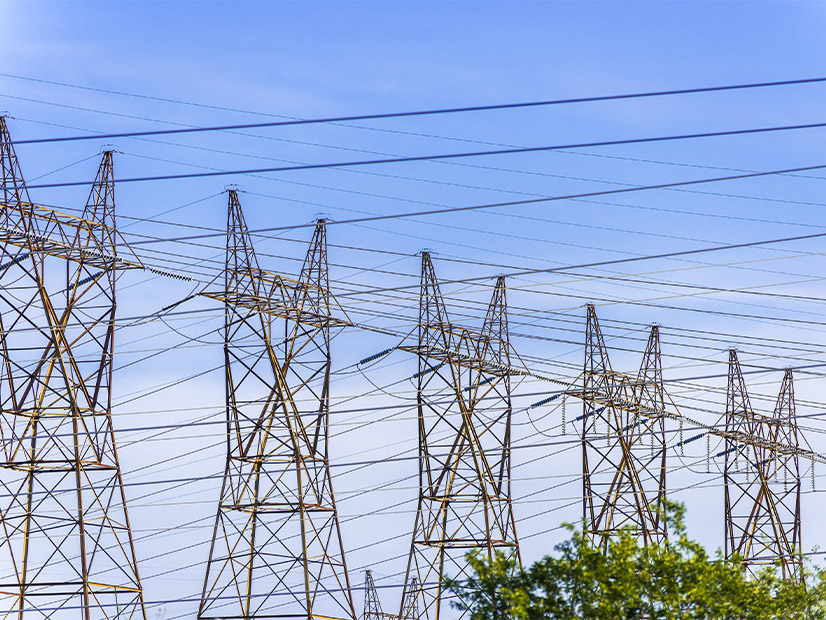
The New York Public Service Commission approved the state’s first-ever Coordinated Grid Planning Process (CGPP) on Thursday, 39 months after it ordered the state’s utilities to begin the process (20-E-0197).
The move is designed to increase transmission and distribution capacity — while controlling costs and speeding up the process — as New York ramps up its production and consumption of electricity to meet its emission-reduction goals.
The utilities in November 2020 submitted their initial response, which the PSC deemed inadequate in September 2021. The utilities submitted a proposal in December 2021, then held nine technical conferences before submitting their final proposal in December 2022.
Stakeholder response this year was lukewarm at best and loaded with suggestions for changes. (See NY Utilities’ Proposed Grid Planning Process Gets Tepid Reaction.) The version of the CGPP approved in Thursday’s order incorporates numerous modifications based on stakeholder comments and Department of Public Service staff suggestions. More modifications are expected, informed by experience gained once the first CGPP cycle begins next month.
It is the first time the PSC has initiated a long-term, coordinated, statewide planning process. Its focus is supporting the state’s landmark Climate Leadership and Community Protection Act (CLCPA) of 2019, which calls for 70% renewable energy by 2030 and a zero-emission grid by 2040.
The plan lays out a two-year, six-stage process to be conducted by the investor-owned utilities and the Long Island Power Authority, culminating in a report and system investment recommendations for PSC consideration. After the PSC responds, another study cycle will begin.
The two-year timeframe is one of the modifications; as proposed, the CGPP would have operated on three-year cycles. That would have been too slow to support the CLCPA, the PSC said. NYISO also generally does its planning on a two-year cycle.
A stakeholder group called the Energy Policy Planning Advisory Council (EPPAC) will inform but not control the process. Thursday’s order specifies that DPS staff will choose the EPPAC’s members, have a significant role in managing it and make decisions necessary to advance the process if the EPPAC cannot reach a consensus on giving direction to planning entities.
The Advanced Technology Working Group — which is focused on dynamic line ratings, power flow control and energy storage — will support the CGPP by scouting for solutions to constraints as they are identified.



